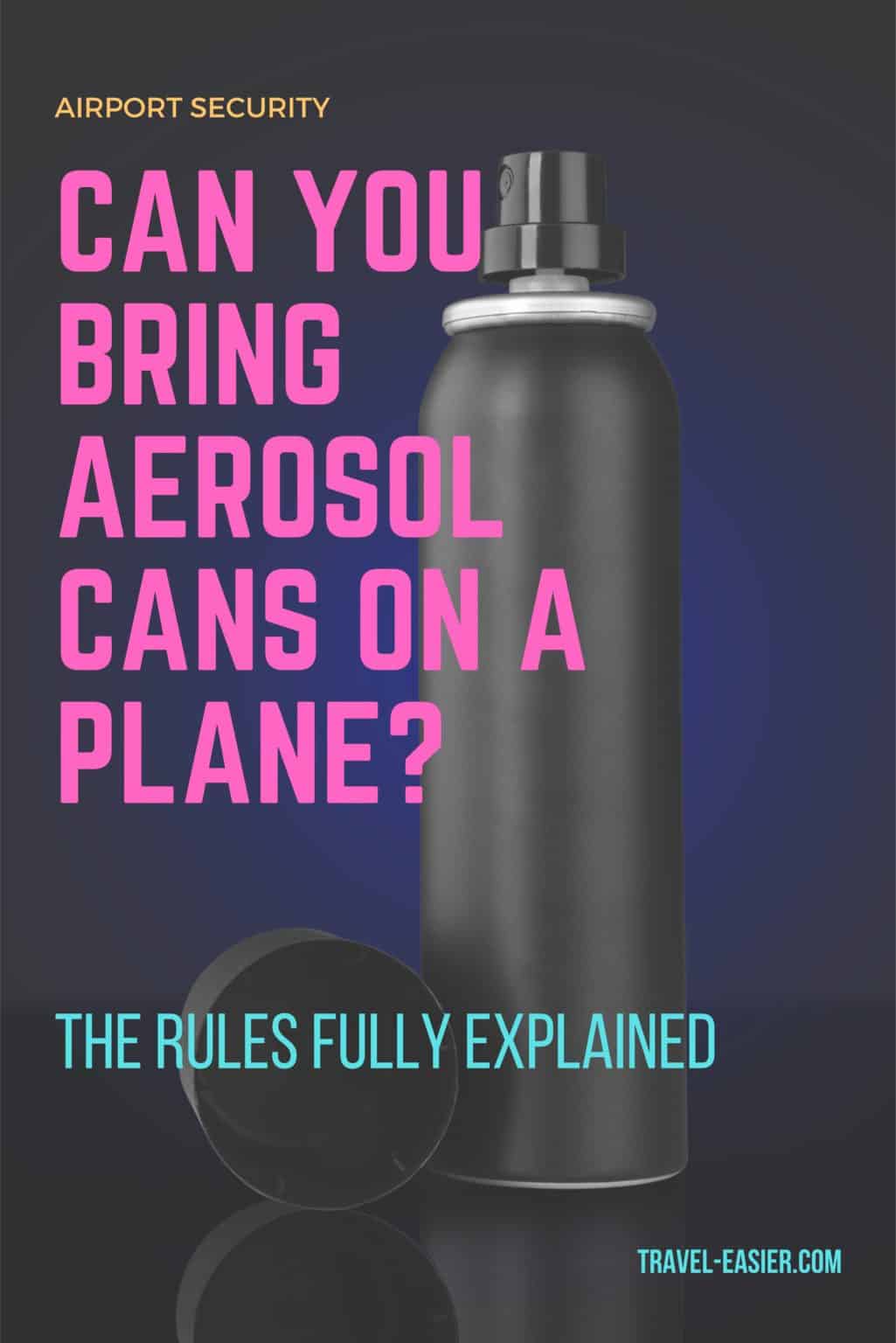Aerosols On Planes: What You Need To Know Before You Fly
When it comes to flying, safety is always the top priority. That's why certain items, like aerosols, come with strict rules and regulations. Aerosols, those pressurized cans we use every day, can pose potential risks if not handled properly. From deodorants to bug sprays, understanding how to pack these items correctly can save you a lot of hassle at the airport. This guide will break down everything you need to know about bringing aerosols on your next flight, so you can travel safely and stress-free.
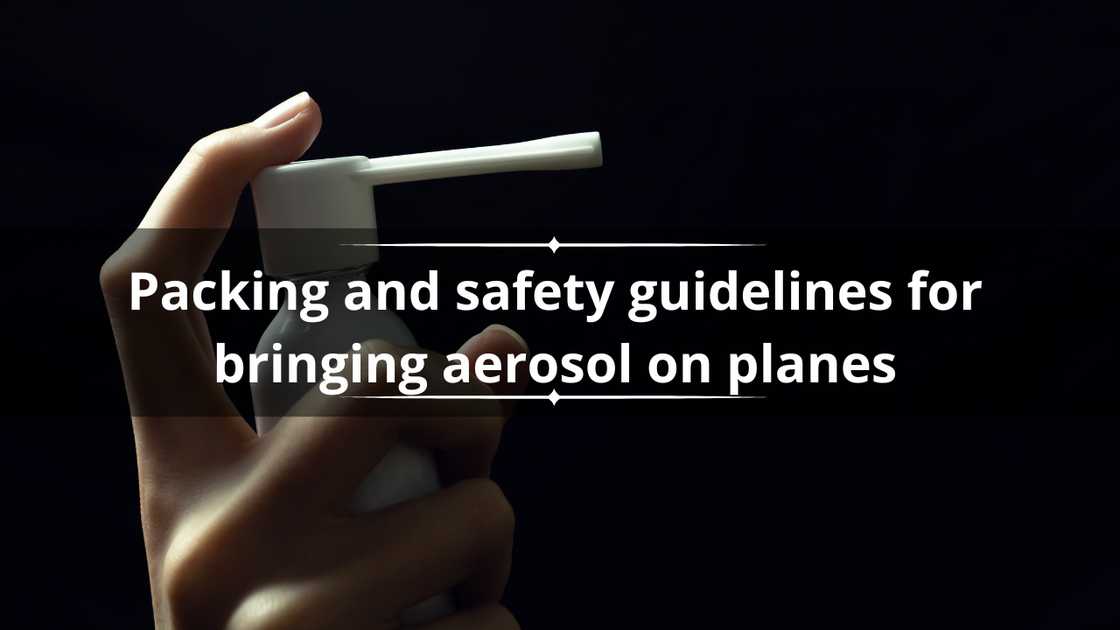
TABLE OF CONTENTS
Aerosols are everyday products that come in pressurized containers and release a fine mist or spray. Think about your favorite hairspray, deodorant, shaving cream, air freshener, or even medical inhalers. These items are common but require special attention when traveling by air. Airlines inspect passenger bags closely to ensure aerosols comply with safety regulations before they’re allowed on board.
Can You Bring Aerosols on a Plane?
The short answer is yes, but there are rules you need to follow. Aerosols can be brought on planes, but their size, quantity, packaging, and flammability all matter. Airlines and countries may have additional regulations, but the general guidelines focus on keeping everyone safe. Follow these rules, and you’ll breeze right through security.
Read also:Creative Cooking A Tiktok Star Uses Her Kettle To Whip Up Dinner
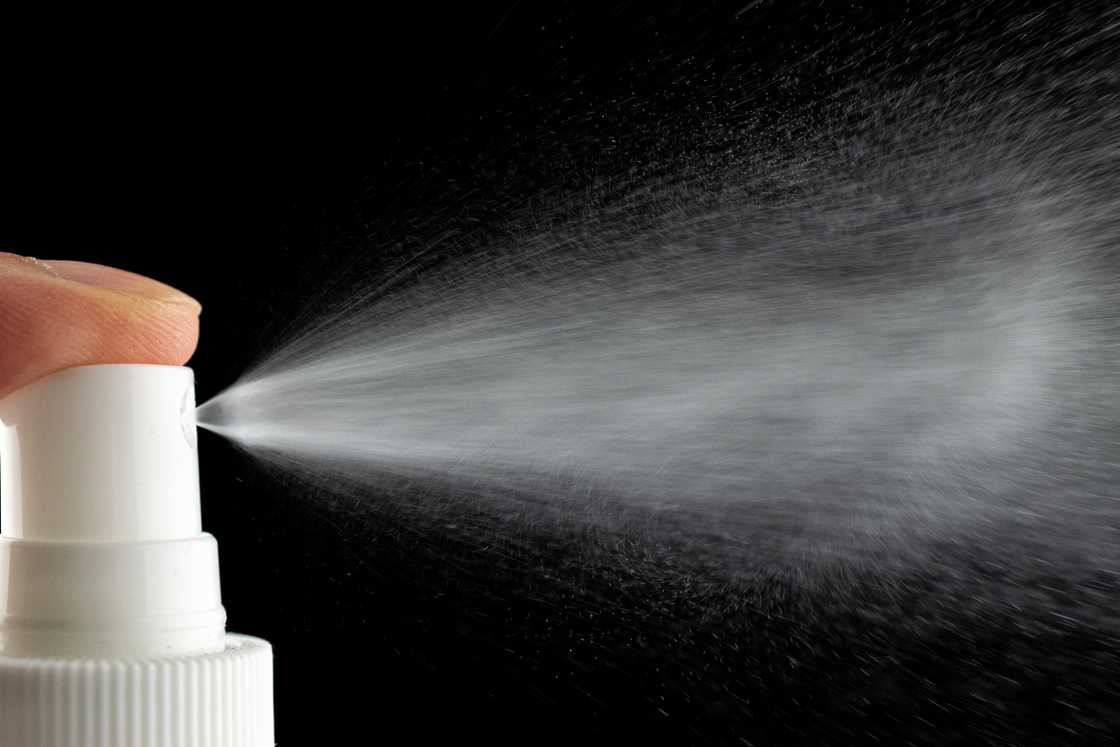
What Are the Rules for Aerosol Luggage?
Airlines treat aerosols like liquids when it comes to luggage rules. The regulations differ depending on whether you're packing in your carry-on or checked luggage. Let’s break it down:
Carry-On Bags
If you're traveling with aerosols in your carry-on, each container must not exceed 3.4 ounces (100 ml), according to ICAO (International Civil Aviation Organization). All containers must fit inside a single, clear, quart-sized, resealable plastic bag. The total capacity of the bag should not exceed 1 liter, and each passenger is allowed only one such bag. This rule ensures that any potential risks are minimized while keeping the cabin organized.
Checked Bags
For checked luggage, you can pack larger aerosol containers, but each one must still not exceed 500 ml. Make sure the spray valves are covered or sealed to prevent accidental release during the flight. The total volume of all aerosols in your checked luggage must not exceed 2 liters. If you try to bring cans that don’t meet these requirements, airport security will confiscate them and likely destroy them. It’s best to double-check before you pack!
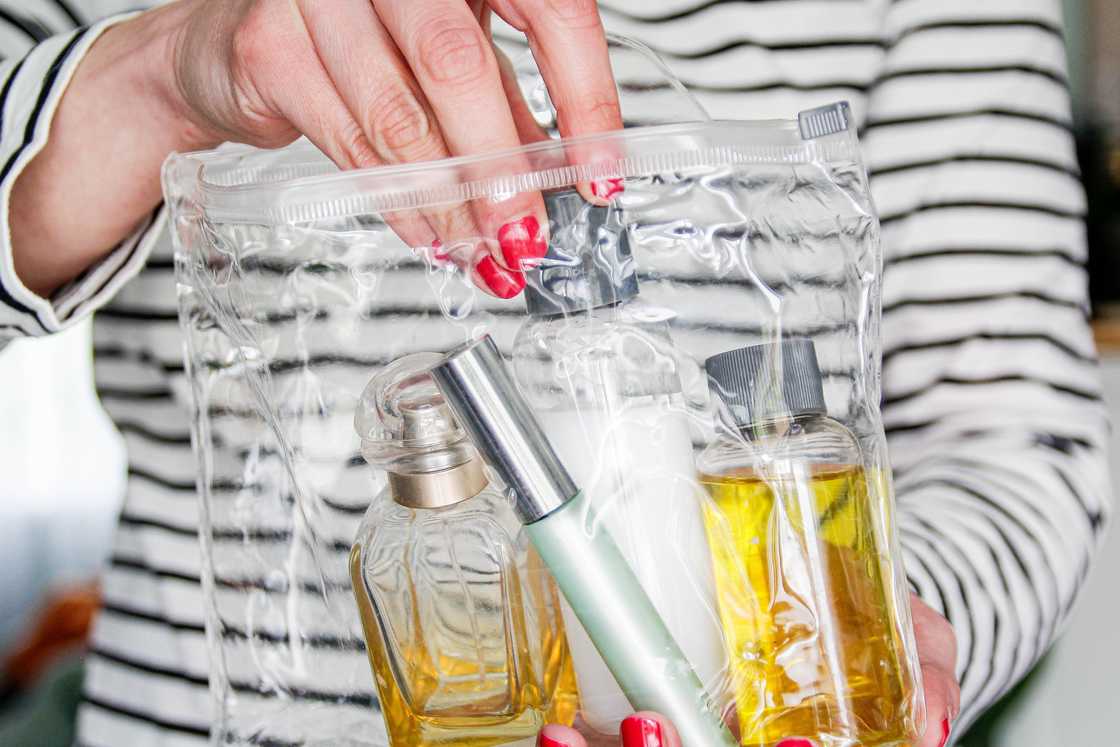
Why Are Aerosols Regulated on a Plane?
Airlines regulate aerosols because of several potential safety risks. Here’s why:
- Explosion Risk: Aerosols are stored under pressure, and changes in cabin pressure during flight could cause them to explode. That’s a big no-no for everyone’s safety.
- Fire Hazard: Many aerosols contain flammable propellants. If they leak, it could spark a fire, which is obviously dangerous.
- Security Concerns: In the wrong hands, aerosols could be used to create improvised explosive devices (IEDs). To prevent this, strict regulations are in place to minimize security threats.
Which Aerosols Are Allowed on a Plane?
Not all aerosols are off-limits. Here’s a list of items that are generally allowed:
- Personal care products, like deodorant, hairspray, sunscreen, shaving cream, perfume, shampoo, and lotions.
- Medical items, such as inhalers (just make sure you have a prescription).
- Insect repellents designed to be sprayed directly on skin or clothing. However, sprays meant to be dispersed into the air or aimed at insects are prohibited by the TSA (Transportation Security Administration).
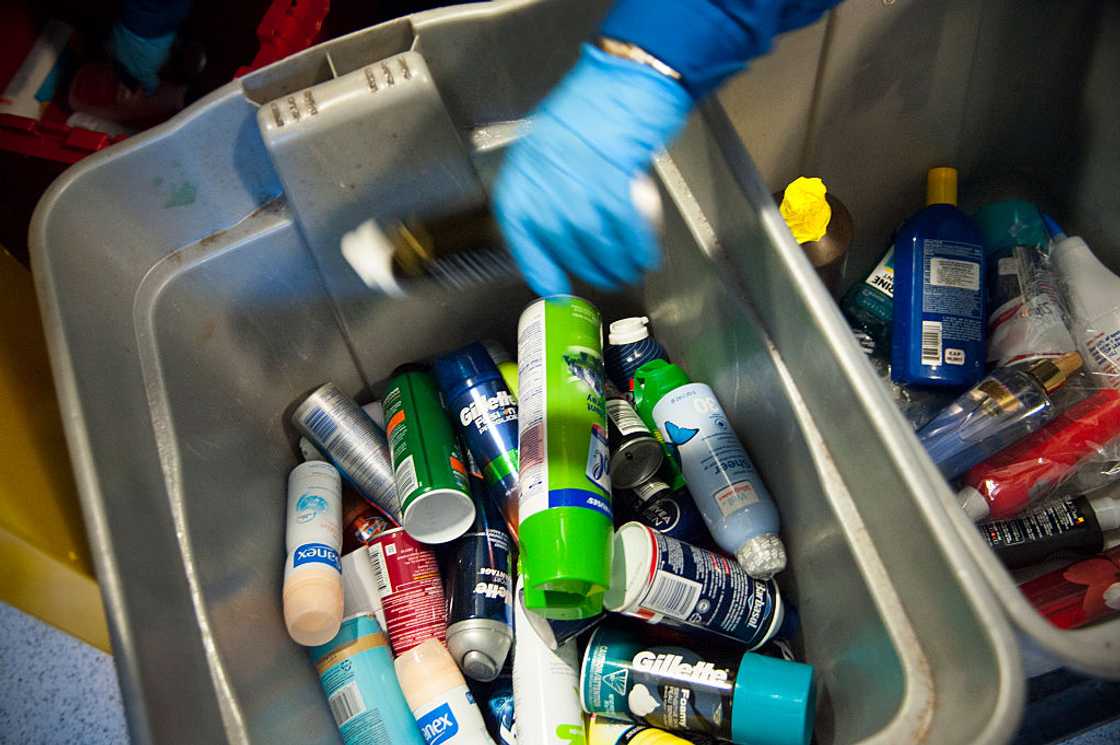
Which Aerosols Are Banned on a Plane?
Some aerosols are completely off-limits in both carry-on and checked luggage. Here’s what to avoid:
Read also:A Hilarious Encounter When A Cow Crashed A Womans Office
- Spray paint, because it’s highly flammable and explosive.
- Self-defense sprays like pepper spray or tear gas.
- Cooking spray, which contains flammable propellants.
- Insecticides or bug sprays labeled as hazardous.
- Lysol sprays, due to their restricted chemicals.
- Spray oils or aerosol lubricants like WD-40, which are flammable and volatile.
- Flat tire repair spray, as it contains dangerous materials.
- Disinfecting sprays, which may also pose risks.
Aerosols Packing Tips
If you’re flying with aerosols, here are some packing tips to keep in mind:
- Choose products that come in smaller sizes to comply with airline security rules.
- Make sure all containers are tightly sealed with caps or protective covers to prevent accidental discharge.
- Store aerosols in hard containers to avoid crushing or damage.
- Group personal care items together for easy access during security checks.
- Label your containers clearly to avoid confusion or mishandling.
- If you’re unsure whether a spray is flammable, it’s safer not to carry it.
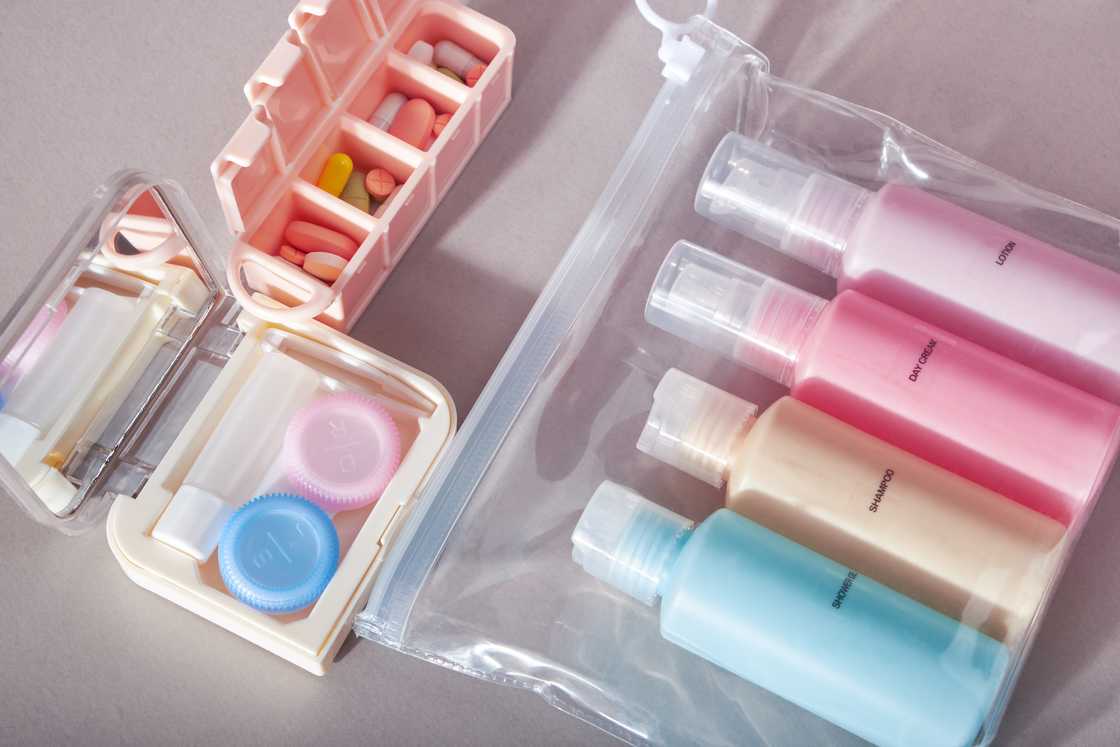
FAQs
Traveling can be tricky, especially when it comes to understanding regulations. Here are answers to some common questions about aerosols on planes:
Will Aerosols Explode on a Plane?
While it’s highly unlikely for aerosols to explode on a plane due to the regulated pressure and temperature in both the cabin and cargo hold, they can still pose safety risks. That’s why flammable aerosols are prohibited, and those that are allowed must follow strict packing guidelines.
What Is the 3-1-1 Liquids Rule?
The 3-1-1 rule is a TSA guideline for carrying liquids in your carry-on luggage:
- 3: Each liquid must be in a container of 3.4 ounces (100 ml) or less.
- 1: All containers must fit into one clear, quart-sized, resealable plastic bag.
- 1: Each passenger is allowed only one such bag.
